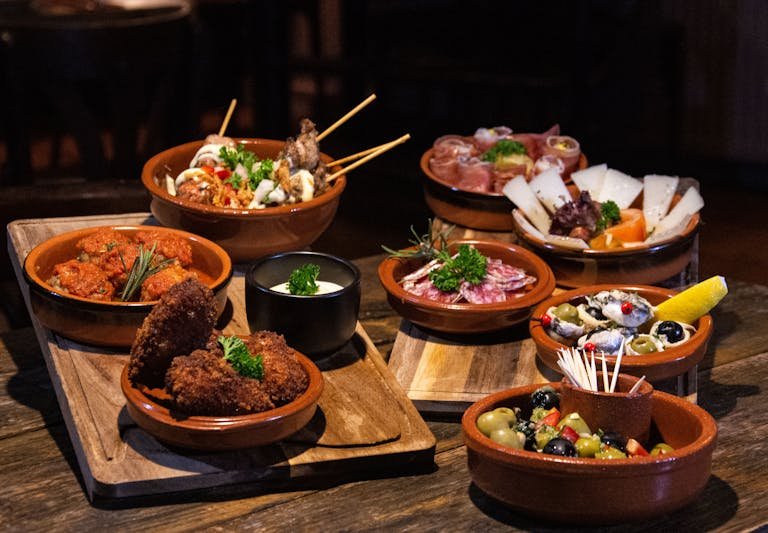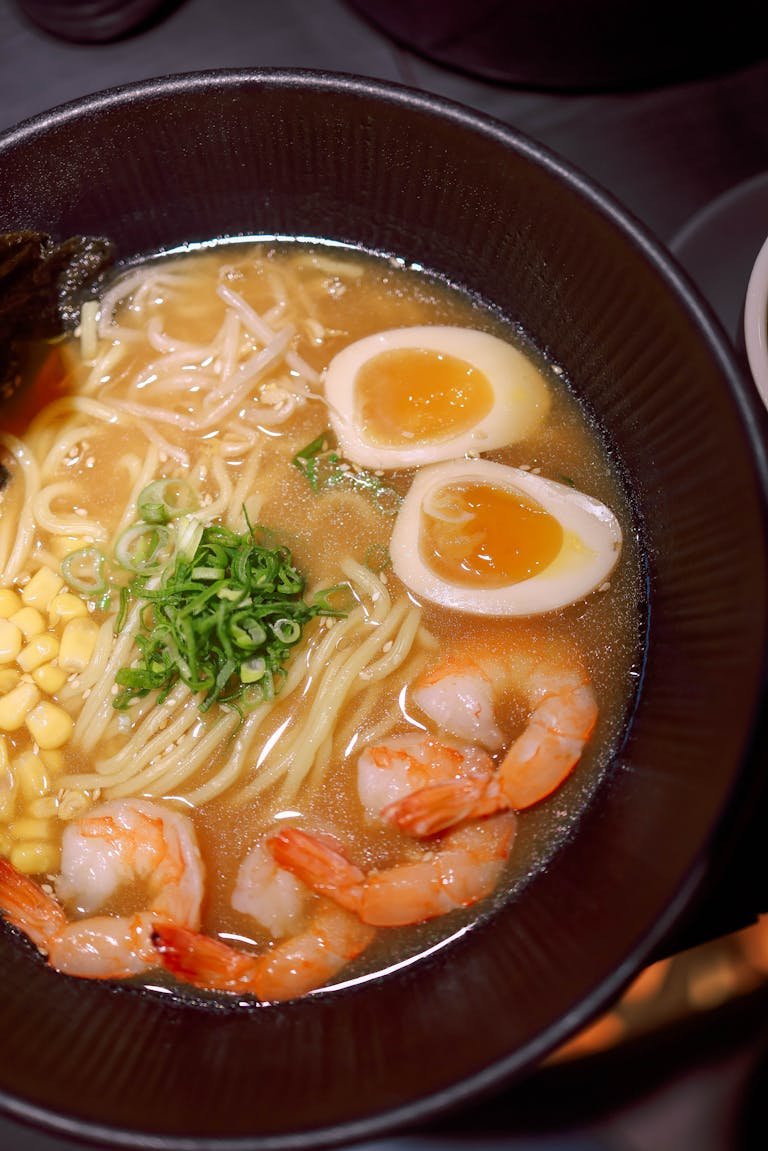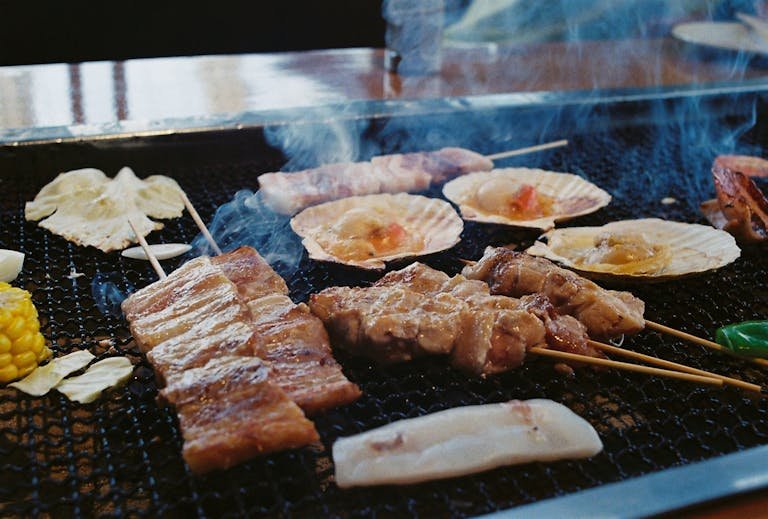5 Best Chinese Dumpling Folding Techniques for Beginners
Discover the art of folding Chinese dumplings with our easy-to-follow guide. Explore 5 key folding techniques, tips, and a dumpling recipe that works perfectly.

It was Chinese New Year, and my best friend’s grandmother sat next to me, patiently showing me the same fold for what felt like the hundredth time, while my attempts resembled more like misshapen empanadas than the elegant dumplings we aimed for. Fast forward many years, and now I find myself teaching others these traditional techniques. If I could learn this, then anyone can.
The Foundation: Understanding Your Dumpling Wrapper
Before we get into the folding techniques, let’s discuss what truly makes or breaks your dumpling-making experience – the wrapper. I discovered that not all dumpling wrappers are made the same.
Store-Bought vs. Homemade Wrappers
Store-bought wrappers are perfectly acceptable for beginners – I still reach for them when I’m pressed for time. Here’s what to look for:
- Medium thickness (too thin tears easily, while too thick turns doughy)
- Round shape (square wrappers are meant for wontons)
- White or light yellow color
- Slightly damp but not wet
- Pliable without breaking
Pro Tip: If you’re using store-bought wrappers, allow them to come to room temperature before you start. Cold wrappers tend to crack.
Perfect Homemade Wrapper Recipe
If you’re feeling ambitious, here’s a reliable recipe for making dumpling wrappers from scratch:
Ingredients:
- 2 cups all-purpose flour
- ½ cup warm water
- ¼ teaspoon salt
- Extra flour for dusting
Instructions:
- In a large bowl, combine the salt and flour.
- Slowly add the warm water while stirring the mixture.
- Knead the dough for about 10 minutes until it becomes smooth.
- Cover the dough and let it rest for 30 minutes.
- Shape the rested dough into a long cylinder.
- Cut the cylinder into 24 equal pieces.
- Roll each piece into a circle about 3.5 inches in diameter.
- Use extra flour to dust between the layers.
Essential Equipment
To ensure your success, gather the following tools:
- A small Asian-style rolling pin
- A flat work surface
- A bench scraper
- A small bowl of water
- A clean kitchen towel
- A baking sheet lined with parchment paper
- Flour for dusting
Basic Dumpling Filling Recipe
Before we dive into folding, it’s important to have a great filling. Here’s a foolproof recipe:
Key Ingredients:
- 1 pound of ground pork
- 2 cups of finely chopped Napa cabbage
- 2 green onions, minced
- 1 tablespoon of minced ginger
- 2 cloves of minced garlic
- 1 tablespoon of soy sauce
- 1 teaspoon of sesame oil
- ½ teaspoon of white pepper
- 1 teaspoon of salt
Instructions:
- Combine all ingredients well.
- Refrigerate for 30 minutes.
- Check the seasoning by cooking a small sample.
The 5 Essential Folding Techniques
1. The Half-Moon (Beginner Level)

This was the first fold I successfully mastered, and it remains my favorite for teaching newcomers:
- Place the filling in the center
- Wet the edges of the wrapper
- Fold it in half
- Press the edges firmly together
- Make sure there are no air pockets
2. The Pleated Crescent (Intermediate Level)

After you’ve got the half-moon down, give this classic style a try:
- Fold the wrapper in half without sealing it
- Create 4-5 pleats from the center to the right
- Do the same on the left side
- Press firmly to seal
3. The Standing Pouch (Intermediate Level)

This technique results in a dumpling that can stand on its own:
- Pleat just one side
- Form a flat bottom
- Stand it upright
- Ensure it has a stable base
4. The Pinched Wave (Advanced Level)

This method creates lovely rippled edges:
- Begin with the half-moon
- Pinch the outer edge into waves
- Press each pinch down firmly
- Space the pinches evenly apart
5. The Twisted Rose (Advanced Level)
This is my showstopper design:
- Start from the center
- Create circular pleats
- Twist the top slightly
- Pinch to close.
Common Mistakes and Solutions
1. Wrapper Problems
- Too dry: Mist with a little water
- Too wet: Lightly dust with flour
- Tearing: Reduce the amount of filling
- Not sealing: Clean the edges and use more water
2. Filling Issues
- Too much filling: Limit to a maximum of 1 tablespoon
- Too wet: Drain any excess liquid
- Falling apart: Chill the filling for a longer time
- Leaking: Ensure the edges are sealed properly
3. Technique Troubleshooting
- Uneven pleats: Take your time while working
- Air pockets: Press out any air during sealing
- Stuck to surface: Use more dusting flour
- Drying out: Keep covered with a damp cloth
Storage and Cooking Tips
Storage
- Fresh: Cook within 4 hours
- Refrigerate: Store for up to 24 hours
- Freeze: Arrange on a tray until solid, then transfer to a bag
- Frozen storage: Keep for up to 3 months.
Cooking Methods
1. Boling:
- Bring water to a rolling boil.
- Add the dumplings.
- Cook until they float, then add 2 more minutes.
2. Pan-Frying (Potstickers):
- Heat oil in a pan.
- Place the dumplings flat side down.
- Add water and cover the pan.
- Cook until the water evaporates and the bottoms are crispy.
3. Steaming:
- Line the steamer with cabbage leaves.
- Steam for 10 minutes.
- Let them rest for 2 minutes before serving.
Dipping Sauce Recipes
Classic Vinegar Sauce
- 2 tablespoons black vinegar
- 1 tablespoon soy sauce
- 1 teaspoon sesame oil
- Minced garlic to taste
- Chopped green onion
Spicy Sauce
- 2 tablespoons chili oil
- 1 tablespoon soy sauce
- 1 teaspoon vinegar
- Minced garlic
- Chopped cilantro
Tips for Success
- Keep wrappers covered while you work.
- Clean your hands between making dumplings.
- Avoid overfilling.
- Work in small batches.
- Remember, practice makes perfect.
Start Your Dumpling Folding Journey Today!
Dumpling folding is truly an art that requires time to perfect. Start with the basic half-moon fold and advance as you become more confident. Don’t be disheartened if your initial attempts aren’t flawless—after all, even imperfect dumplings are delicious! The secret lies in practice and patience.
My friend’s grandmother always emphasised that the most essential ingredient in dumplings isn’t found in the filling or the wrapper; it’s the love and intention you infuse into the process. So, gather your friends or family, set up your dumpling-making station, and create some wonderful memories together.
I’d love to hear about your dumpling-making experiences in the comments below! Share your progress with folding techniques and feel free to ask any questions you might have along the way.






